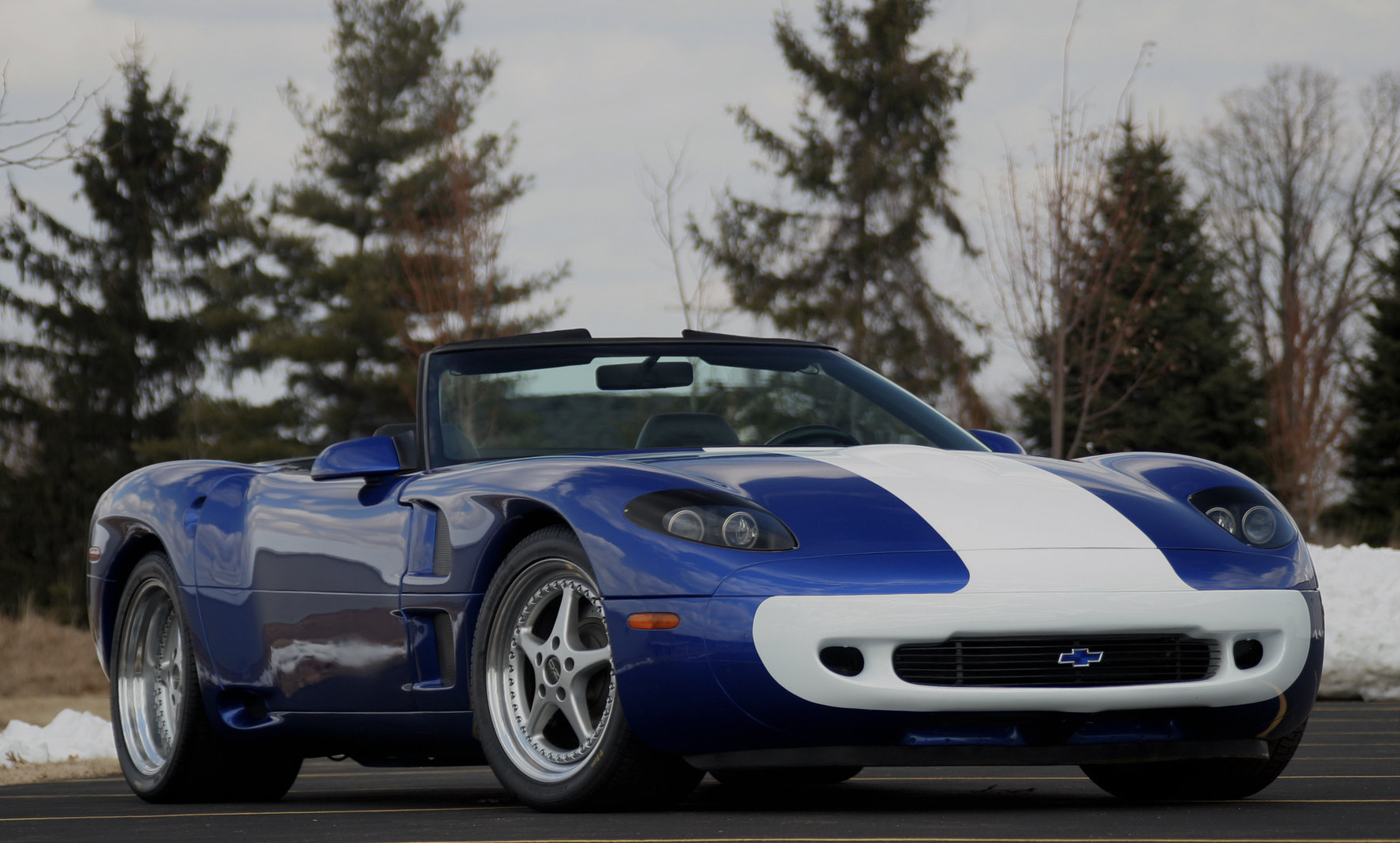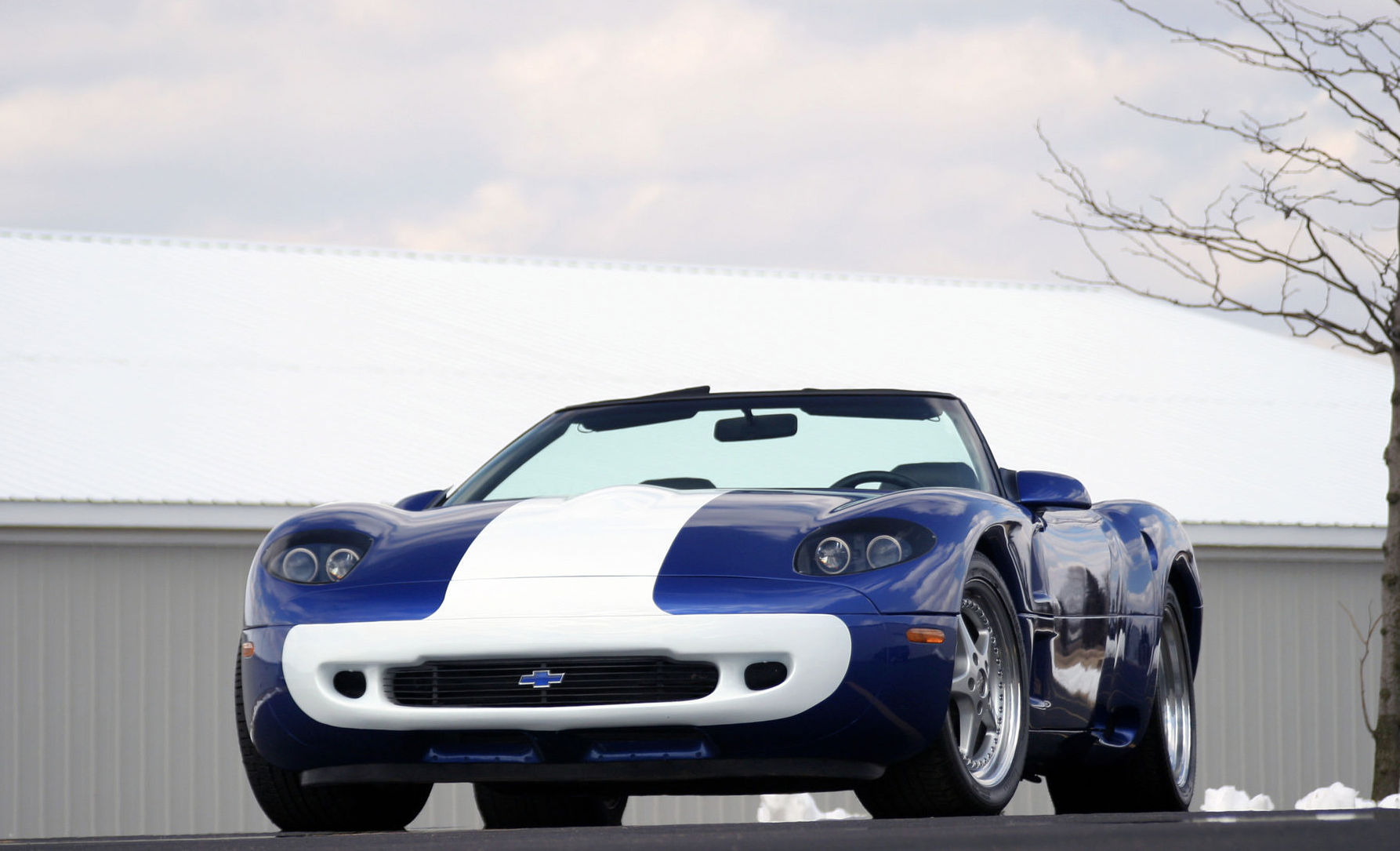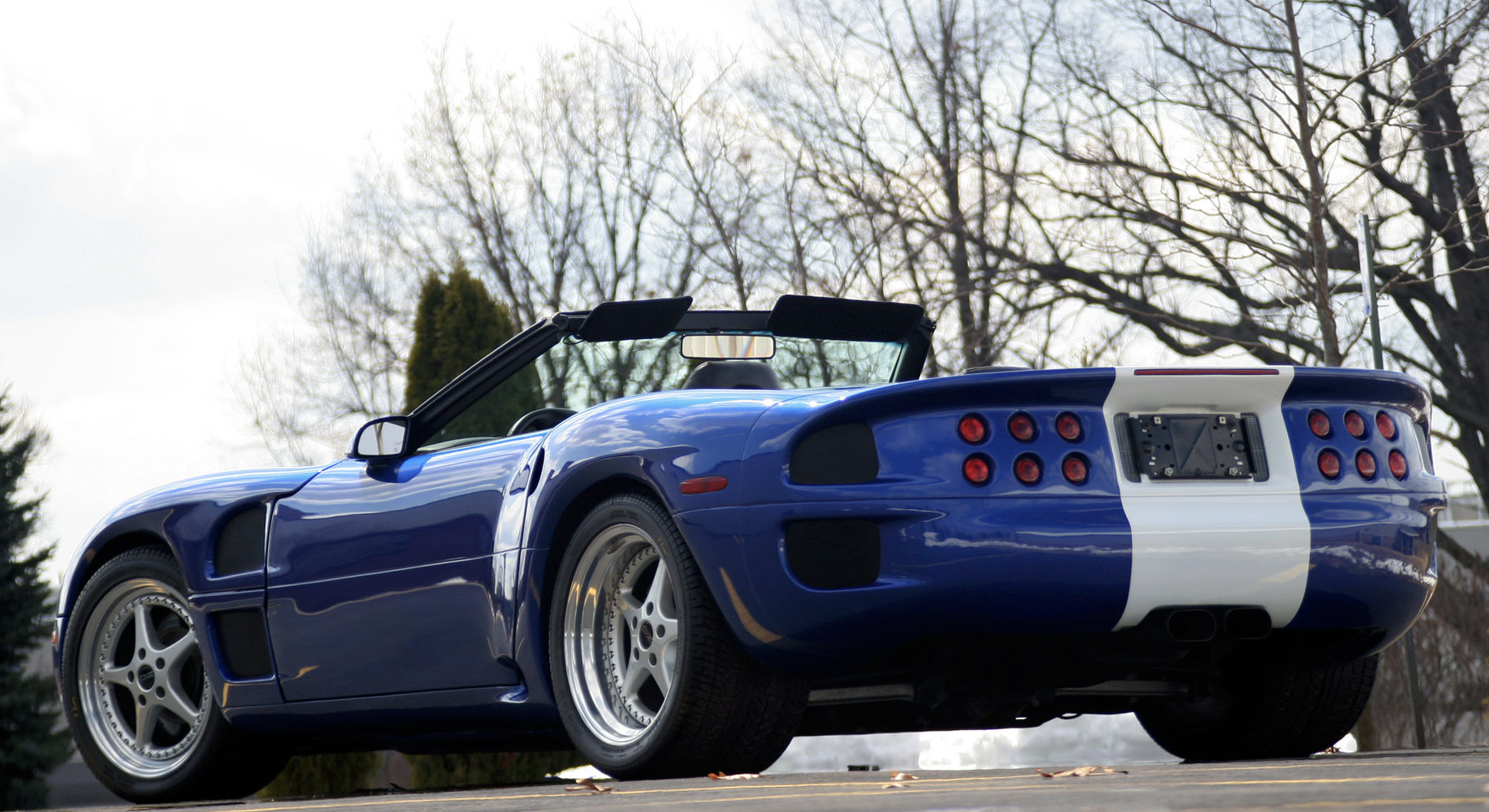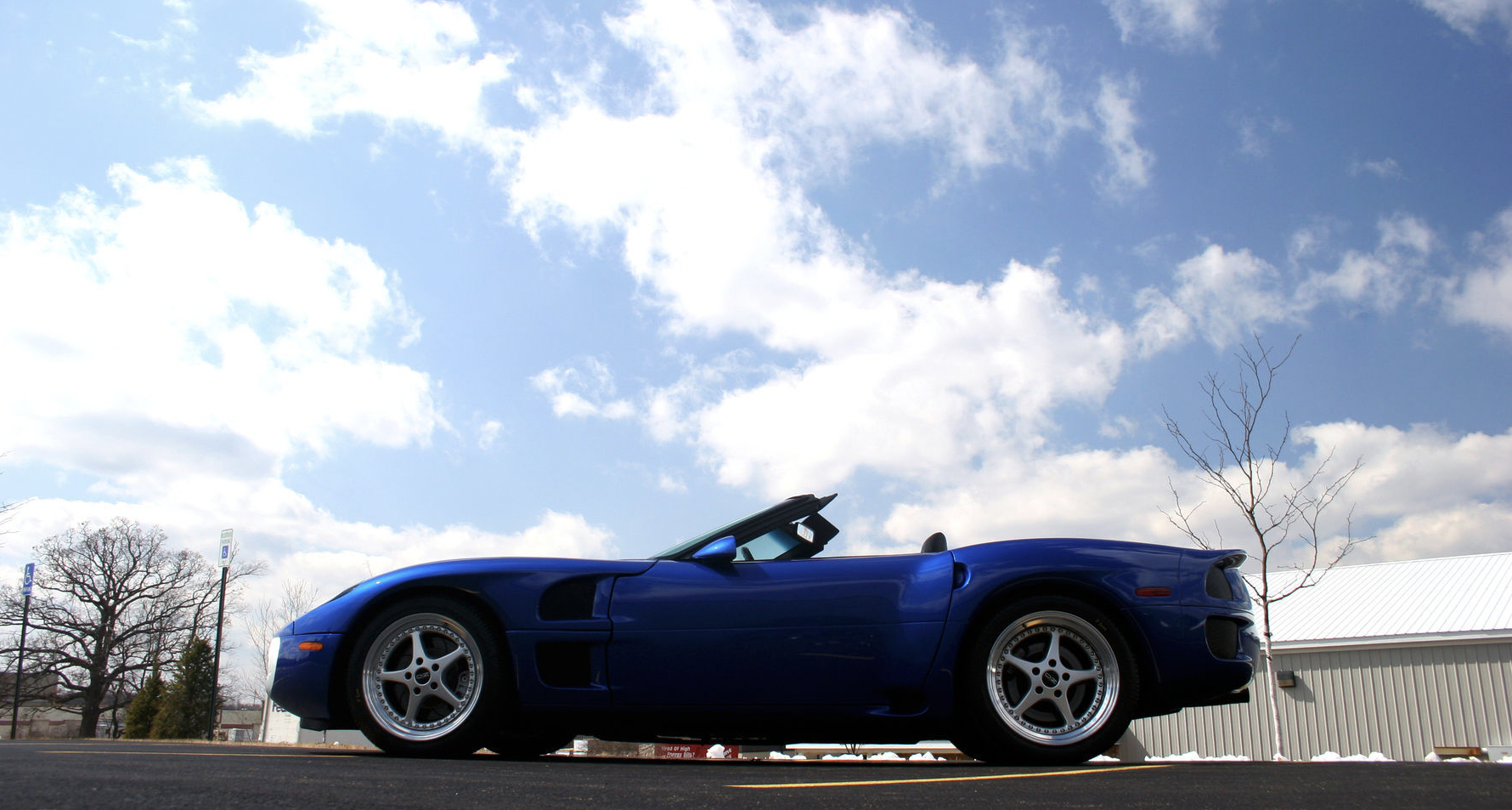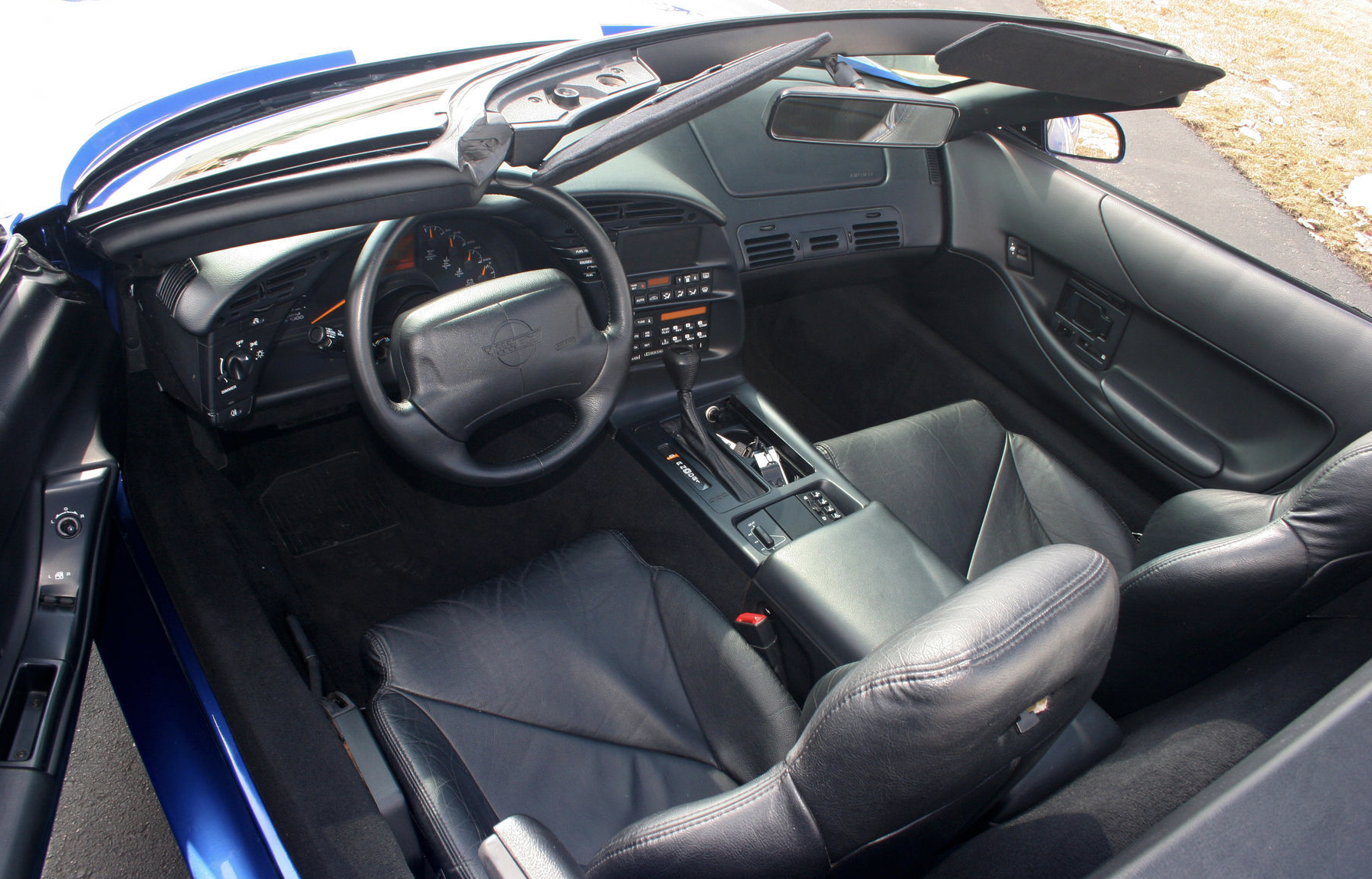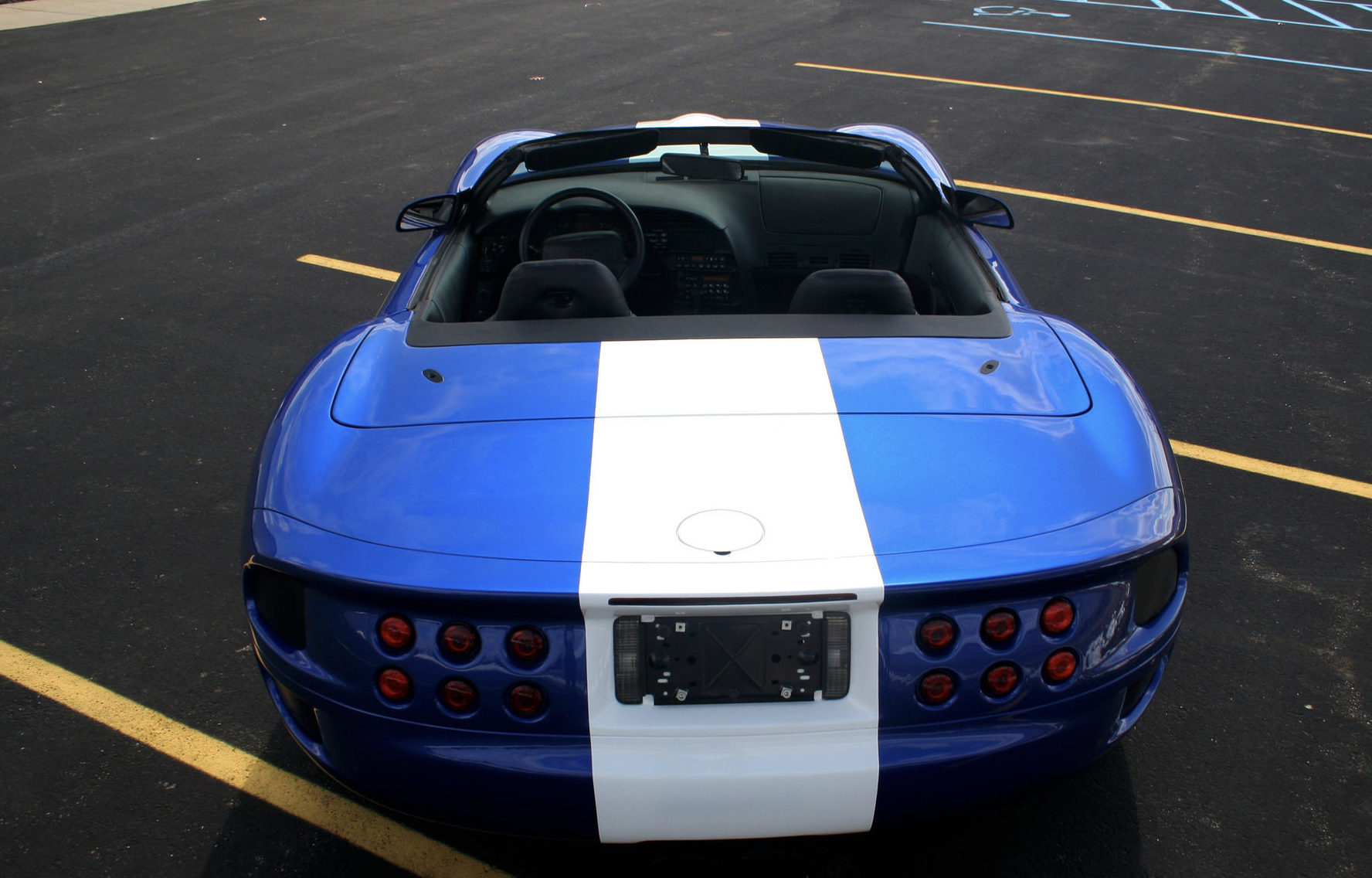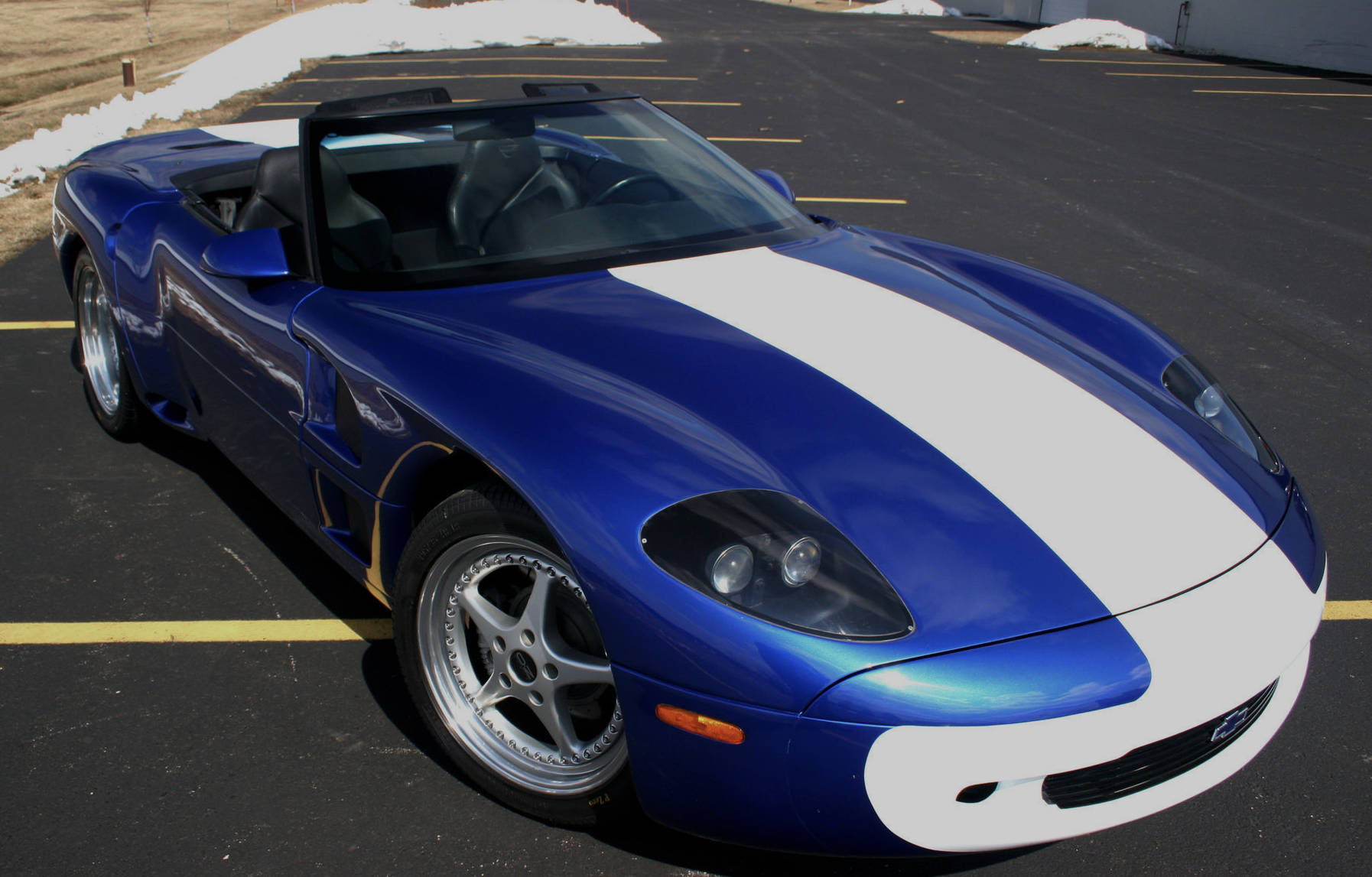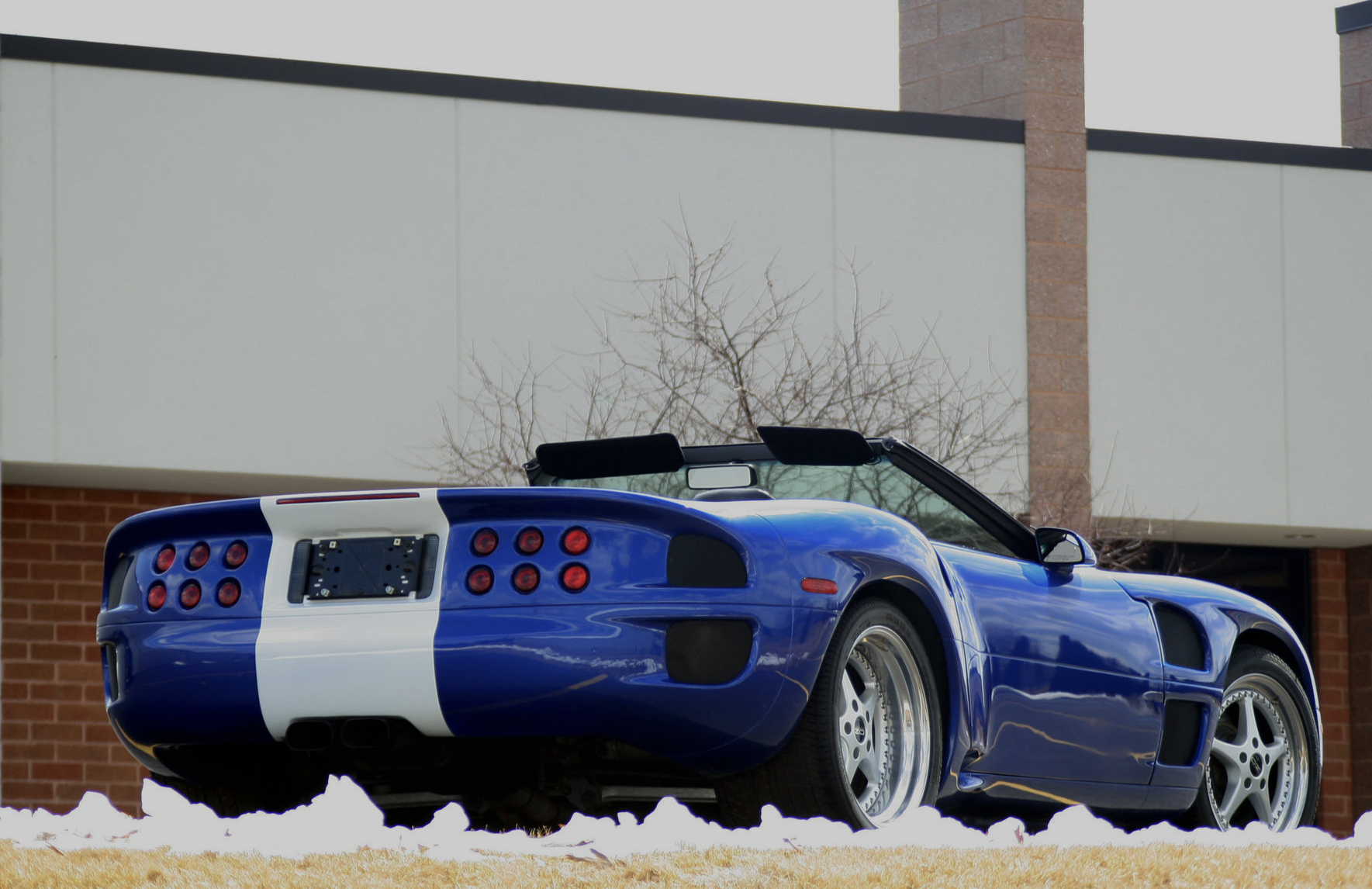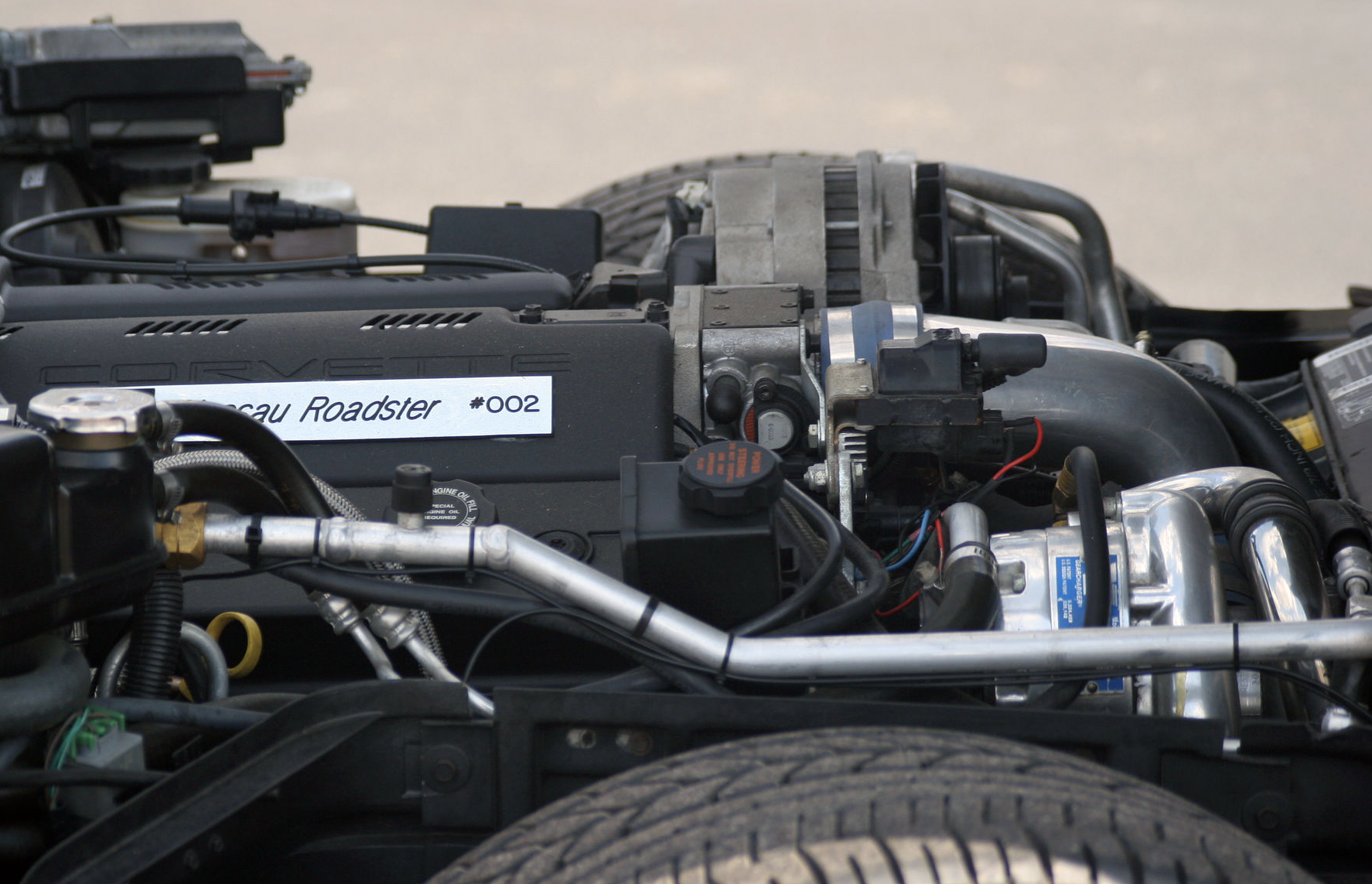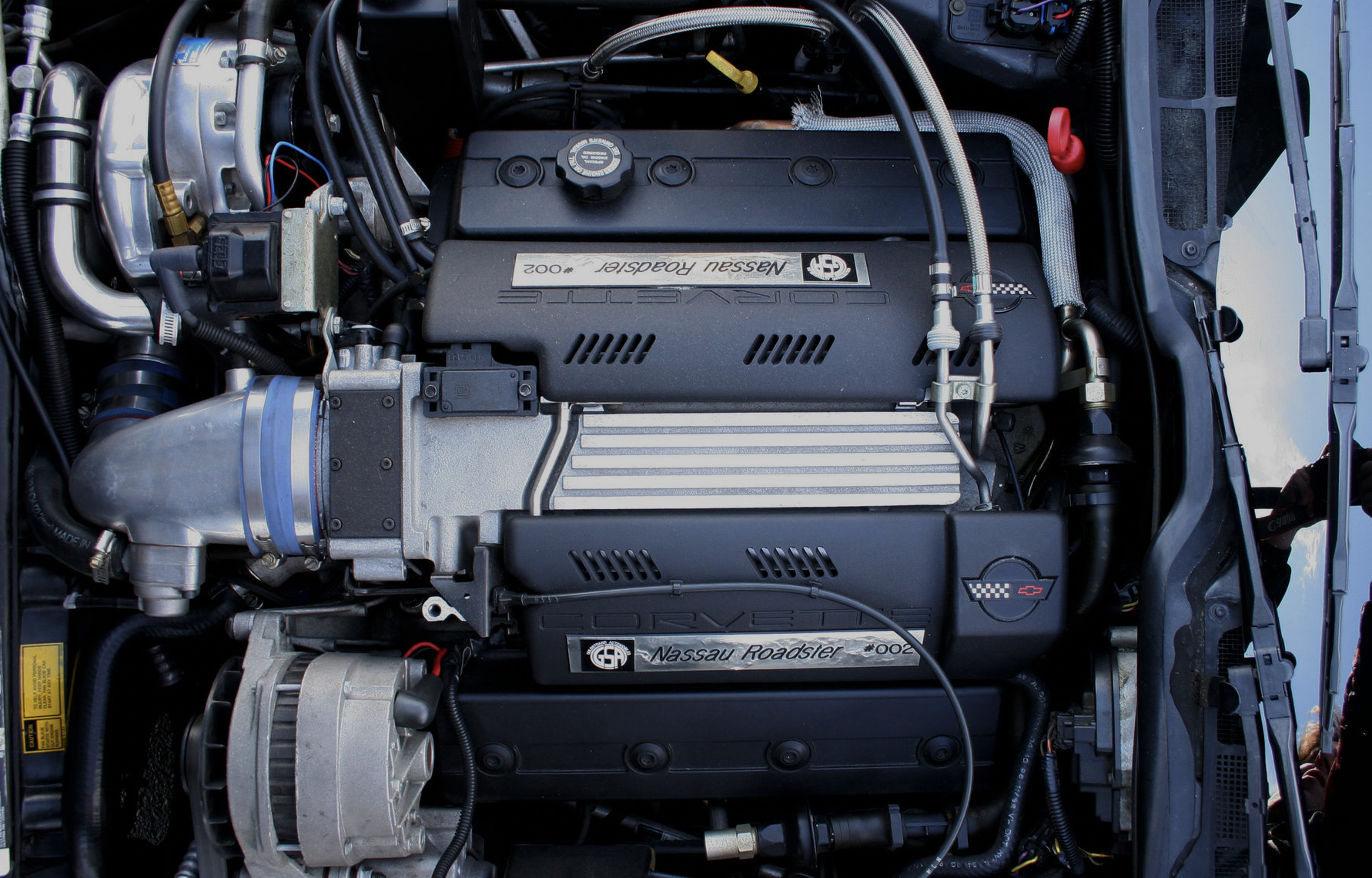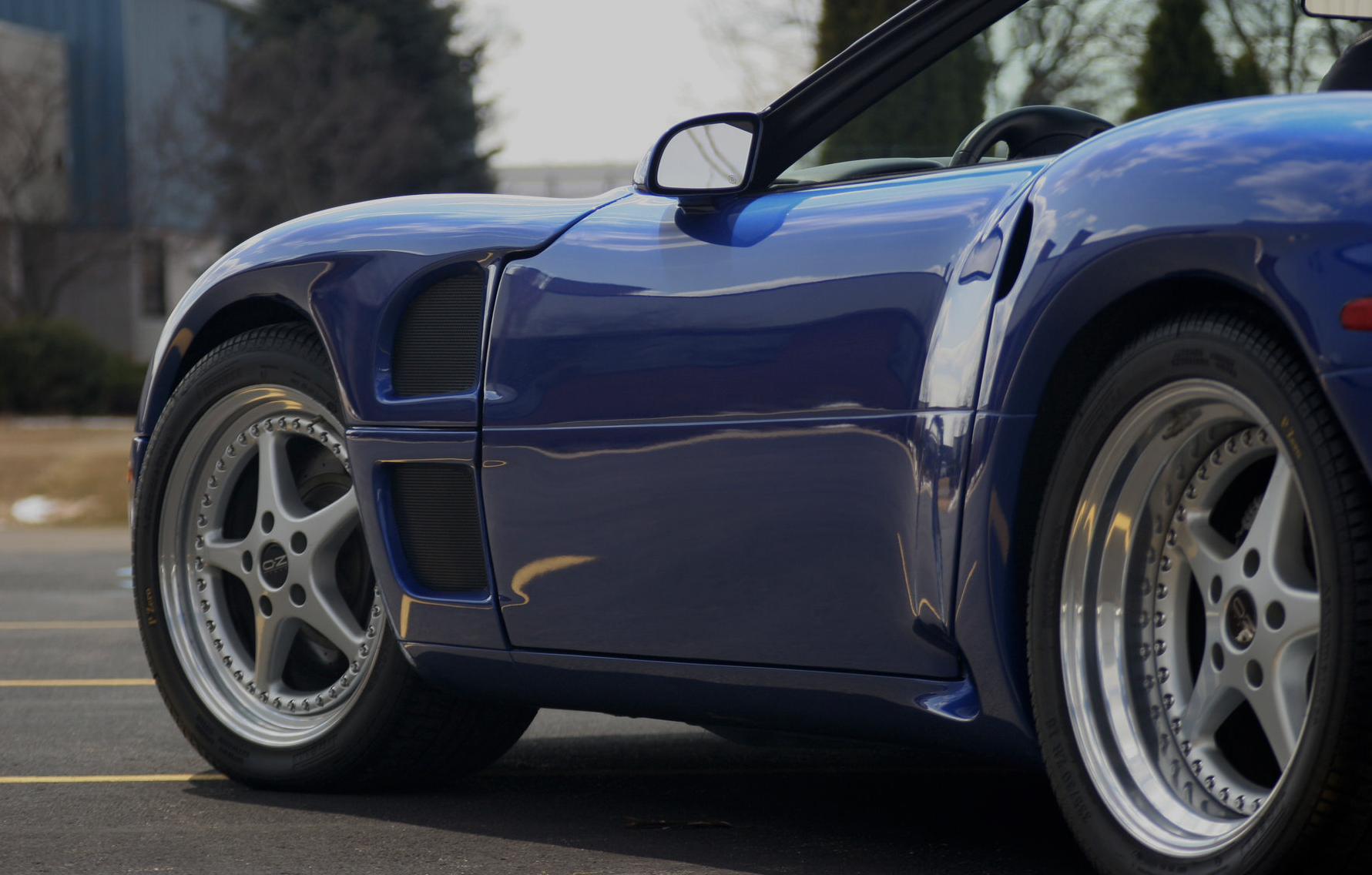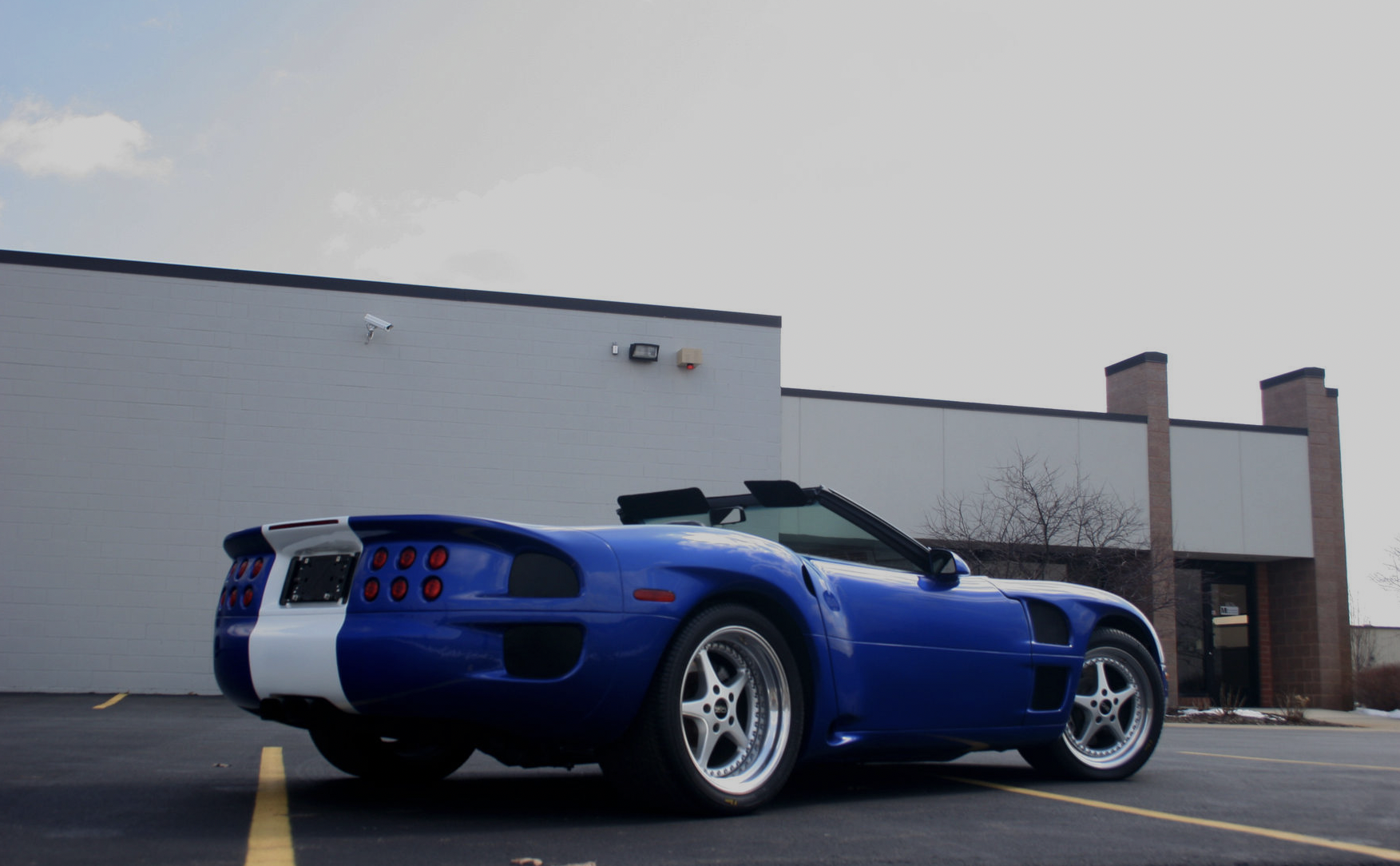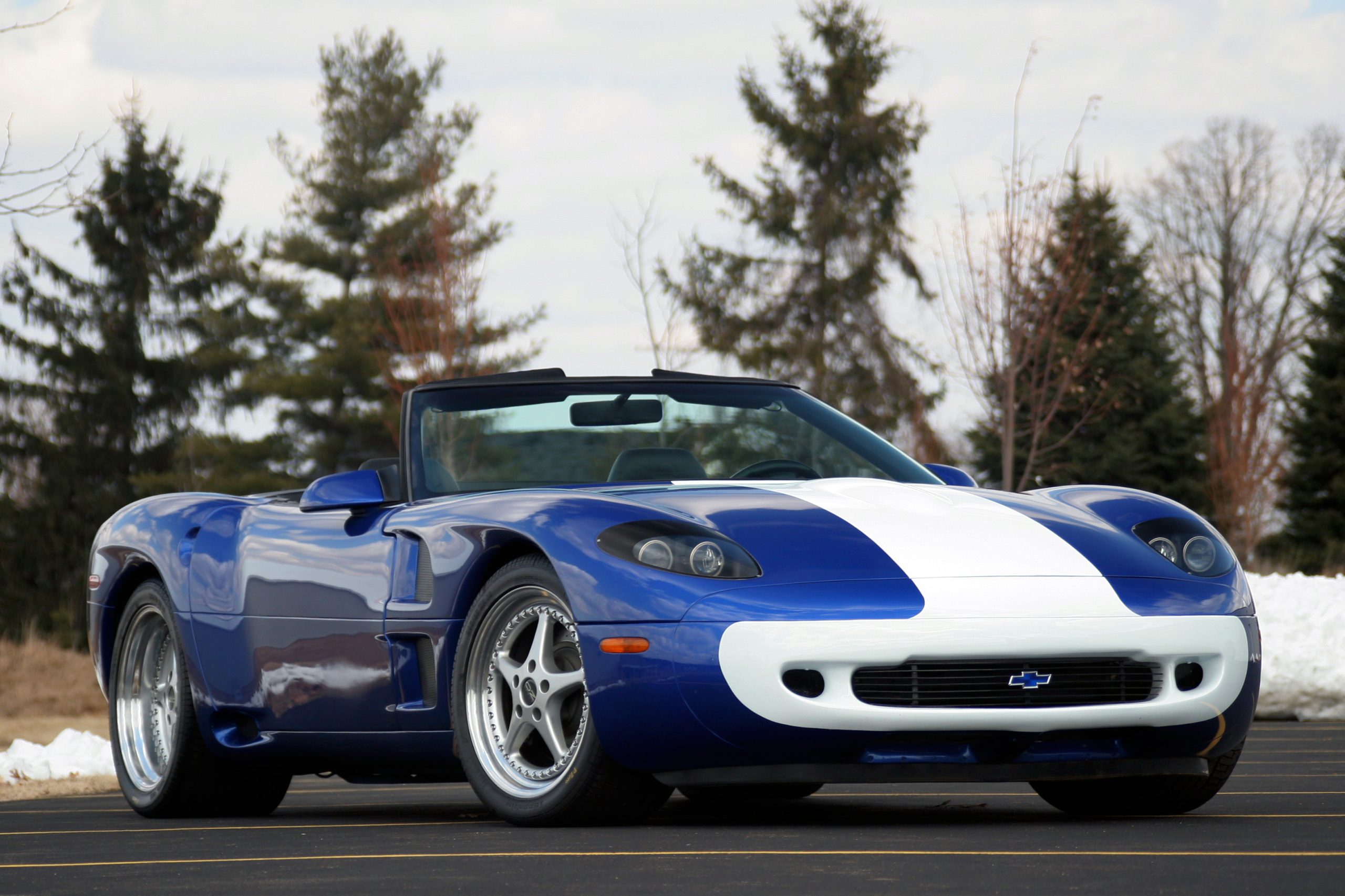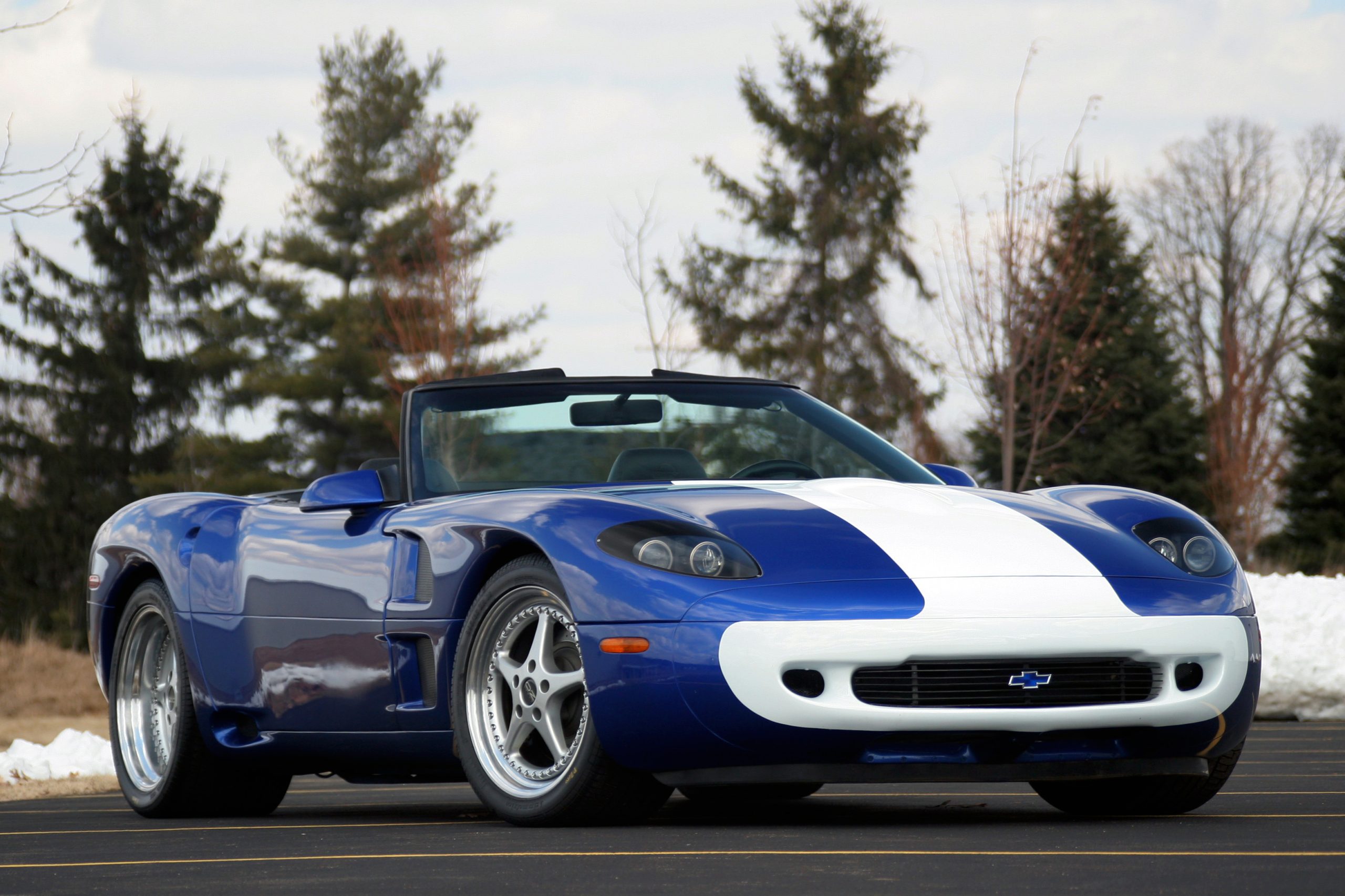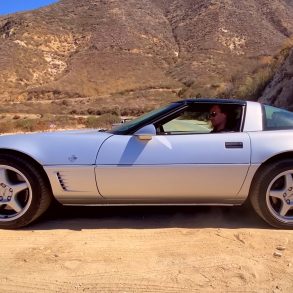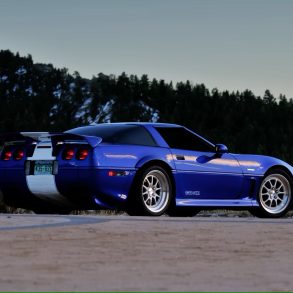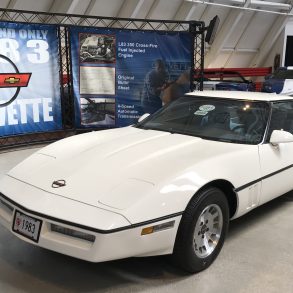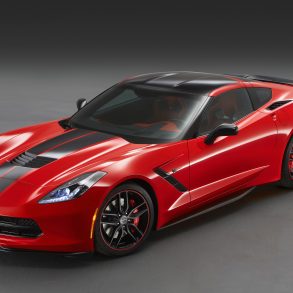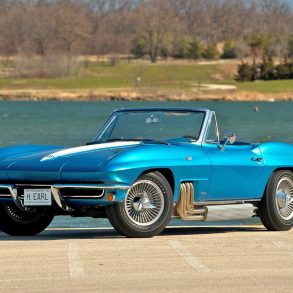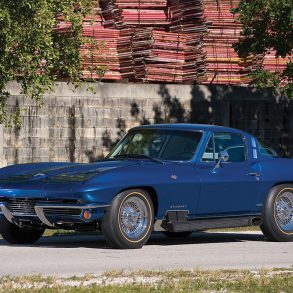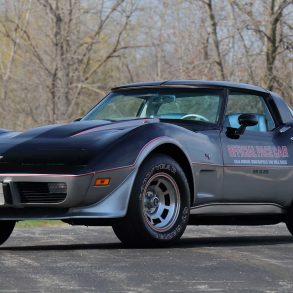Dick Guldstrand Grand Sport 90 (GS90) Nassau Roadster
To understand why the Guldstrand GS-90 coupe and convertible differ so much, keep in mind that during the course of the C4 development cycle, no ZR-1 convertibles were planned, so the base C4 convertible had to be used in building a GS-90 Nassau Roadster, as it was called. The coupe, however, had the advantage of using the ZR-1 platform right from the get-go.
Using the 1990’s Chevrolet Corvette ZR-1 as a base, Corvette legend Dick Guldstrand created the Guldstrand GS90 in 1994. As a commercial project it might have been a failure, but there is no doubt that the car itself was an amazing design that still looks modern to this day. It represented an effort to take the ’90 to ’95 ZR-1 to even greater heights. The GS-90 project proved to be short lived, however, as only nine or so were built, six coupes and at least three convertibles.
To understand why the Guldstrand GS-90 coupe and convertible differ so much, keep in mind that during the course of the C4 development cycle, no ZR-1 convertibles were planned, so the base C4 convertible had to be used in building the GS-90 Nassau Roadster.
Guldstrand hired engine tuner Doug Rippie to raise the Lotus LT5’s factory output from 405 to 475 hp at the rear wheels. In addition, he switched out the transverse left springs for adjustable coilover shocks at all four corners, and also put on fatter rubber, the largest 18-inch Michelin Club Sport tires available at the time, measuring 335/30 and wrapped around wide OZ 3-piece wheels. He also fitted into the chassis a race-style, cross-braced roll bar and fire extinguisher.
Detlef Stevenson created a body out of a combination of fiberglass and carbon fiber. The result was a striking, Ferrari-like design that looked awesome. There were very cool feature at back, with a dozen taillights, similar to the Grand Sport. Other competition elements included functional scoops and vents, plus a plastic rear window that saved weight, and nicely flowed with the new teardrop shape.
The coupe and convertible weren’t as closely related as you would expect. The coupe got a tweaked LT5 engine with at least 475 horses, but the convertible started out with only a standard L98 pushrod engine and basic chassis setup. Even so, Guldstrand made sure it would definitely not be a sheep in wolf’s clothing.
To elevate the power, he bolted on a Vortech supercharger, along with inserting a Traco cam and doing some cylinder head treatment, raising the output to 420 hp (439 lb/ft of torque), when running about 10 pounds of boost. A tuned Flowmaster twin-pipe exhaust system venting through two inline resonators facilitated engine breathing as well. While this peak of power was not as lofty as the coupe’s heady level, recall that base Corvettes of this era supplied only 250 to 300hp, so the convertible was certainly no slouch.
As for the suspension, it was modified to improve roll centers and add anti-squat to compensate for the increased power. The rear suspension was lowered an inch by using new bolts and stiffer polyurethane bushings, but without altering the original geometry. The convertible was also fitted with the same wheel/tire combination used on the GS-90 coupe (wide OZ 3-piece wheels and 335/30ZR18 rear tires). Even though the brakes were factory heavy-duty discs, they were dimpled and channeled to help vent brake pad gasses and reduce heat and fade.
By not including all of the coupe’s components, the Nassau Roadster could be offered at a much lower cost (about $86K, versus a starting price of $135K for the coupe).
